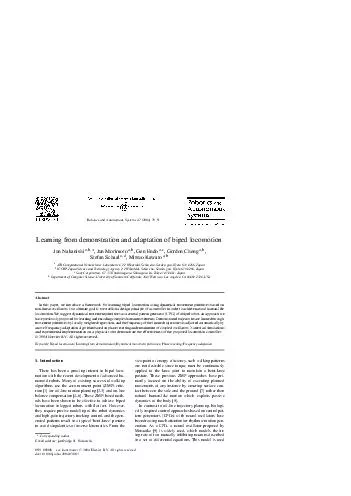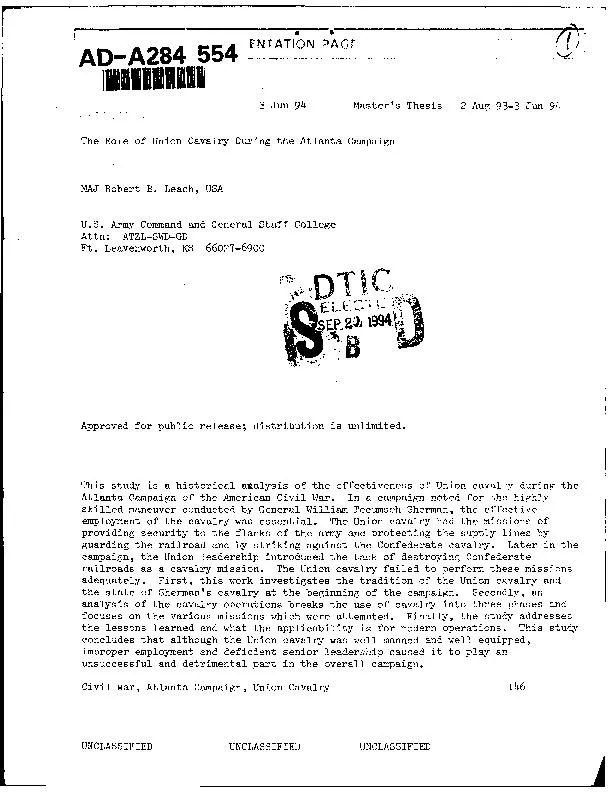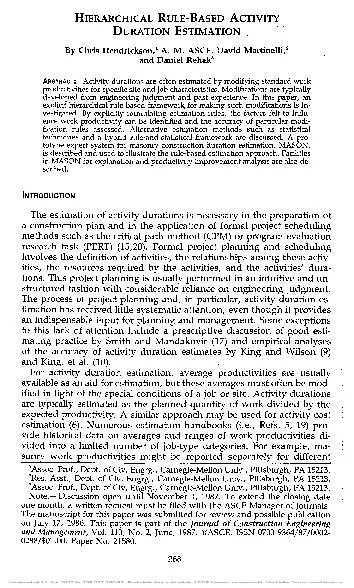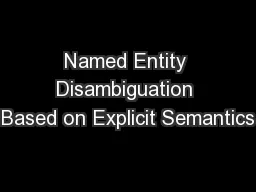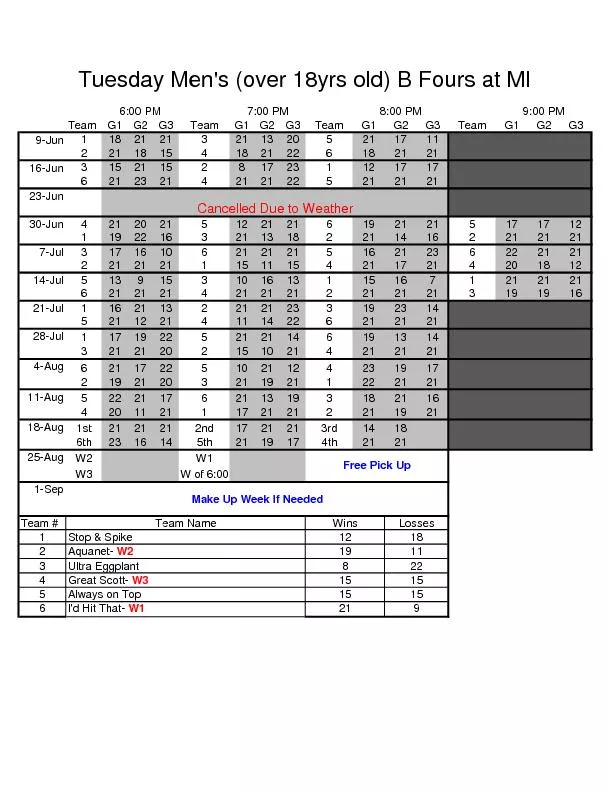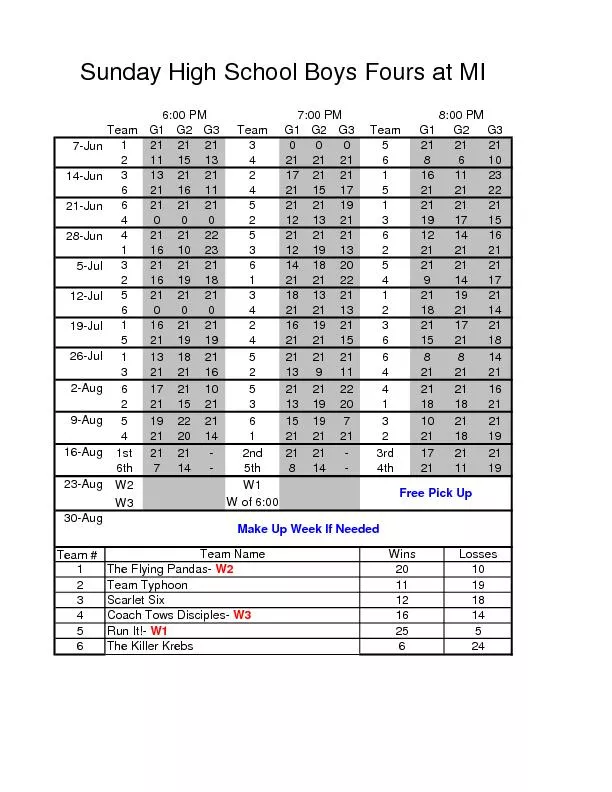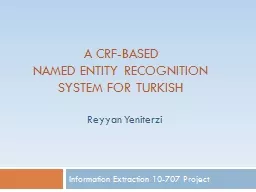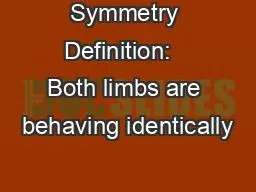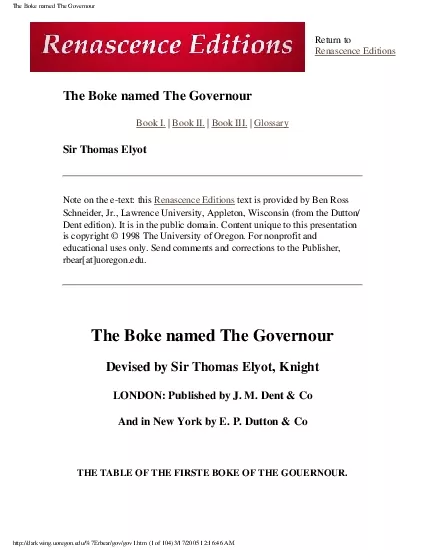PPT-Based on an identically named article by Jun
Author : tatiana-dople | Published Date : 2018-01-05
SLiu and on his book Monte Carlo Strategies in Scientific Computing Nir Keret Sequential Monte Carlo Methods for Dynamic Systems Importance Sampling The basic
Presentation Embed Code
Download Presentation
Download Presentation The PPT/PDF document "Based on an identically named article by..." is the property of its rightful owner. Permission is granted to download and print the materials on this website for personal, non-commercial use only, and to display it on your personal computer provided you do not modify the materials and that you retain all copyright notices contained in the materials. By downloading content from our website, you accept the terms of this agreement.
Based on an identically named article by Jun: Transcript
Download Rules Of Document
"Based on an identically named article by Jun"The content belongs to its owner. You may download and print it for personal use, without modification, and keep all copyright notices. By downloading, you agree to these terms.
Related Documents


